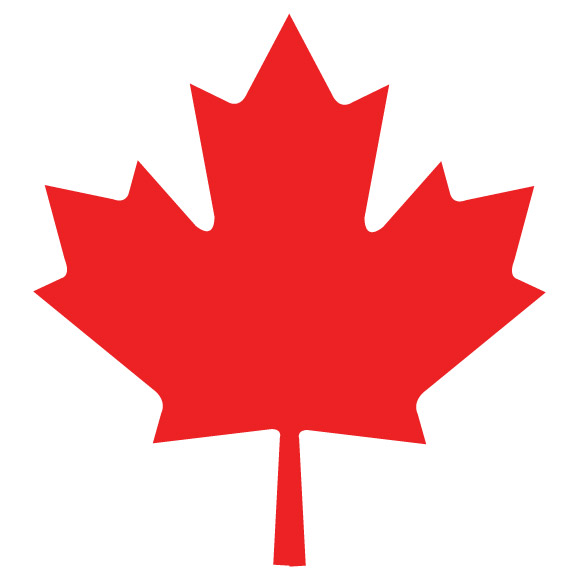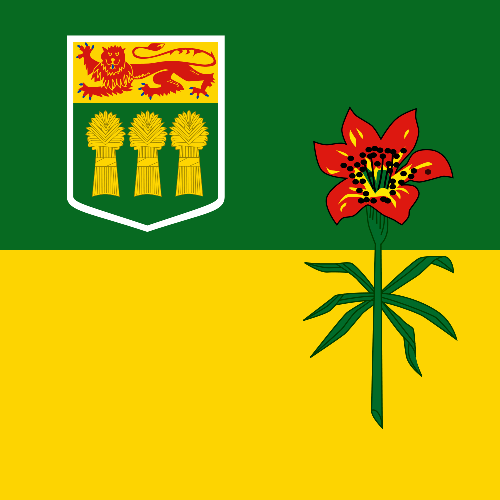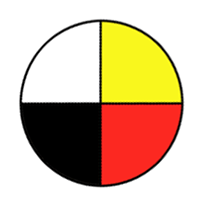Expand and apply understanding of relations and functions including:
- relating data, graphs, and situations
- analyzing and interpreting
- distinguishing between relations and functions.
[C, CN, R, T, V]
| (a) |
Provide and discuss examples of different types of relations relevant to one’s life, family, or community (e.g., person A is the mother of person B, or person A is a brother of person B.). |
| (b) |
Explain, by providing situational and graphical examples, the relationship between the categories of “relations” and “functions”. |
| (c) |
Critique the statement “Relations and functions are the same thing”. |
| (d) |
Graph, with or without technology, a set of data, and determine the restrictions on the domain and range. |
| (e) |
Explain why data points should or should not be connected on the graph for a situation. |
| (f) |
Provide and explain examples of situations that could be represented by a given graph. |
| (g) |
Sketch a graph to represent a situation presented orally or in writing. |
| (h) |
Determine, and express in a variety of ways, the domain and range of a graph, a set of ordered pairs, or a table of values. |
| (i) |
Generalize, explain, and apply strategies for determining whether a set of ordered pairs or a graph represents a function. |






